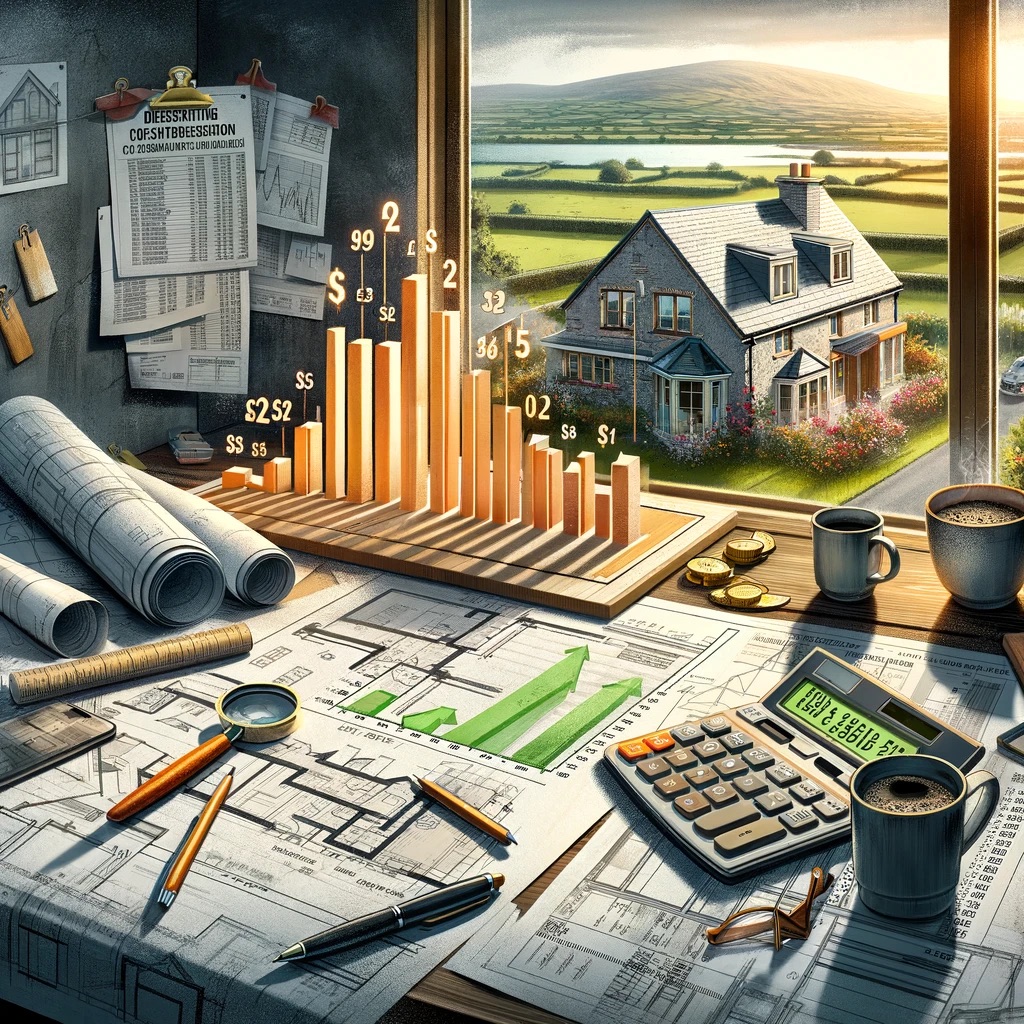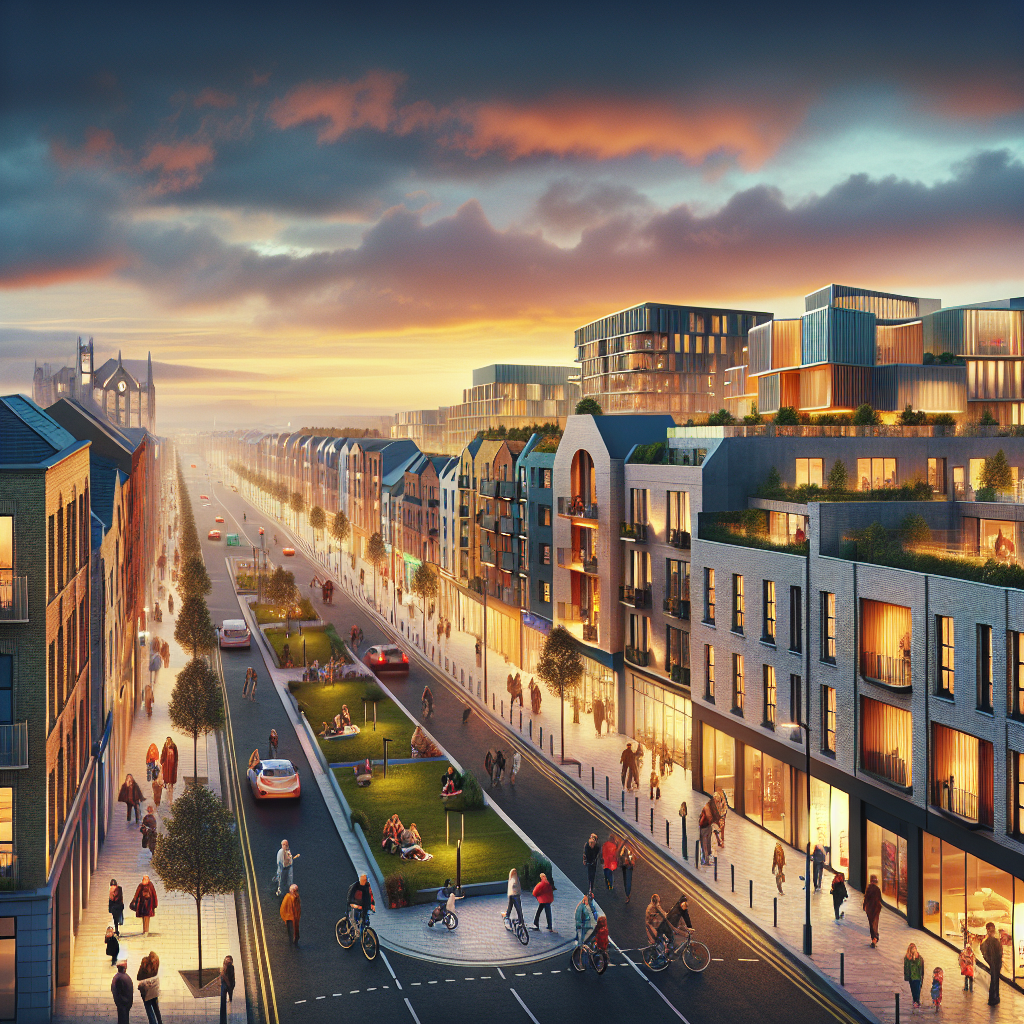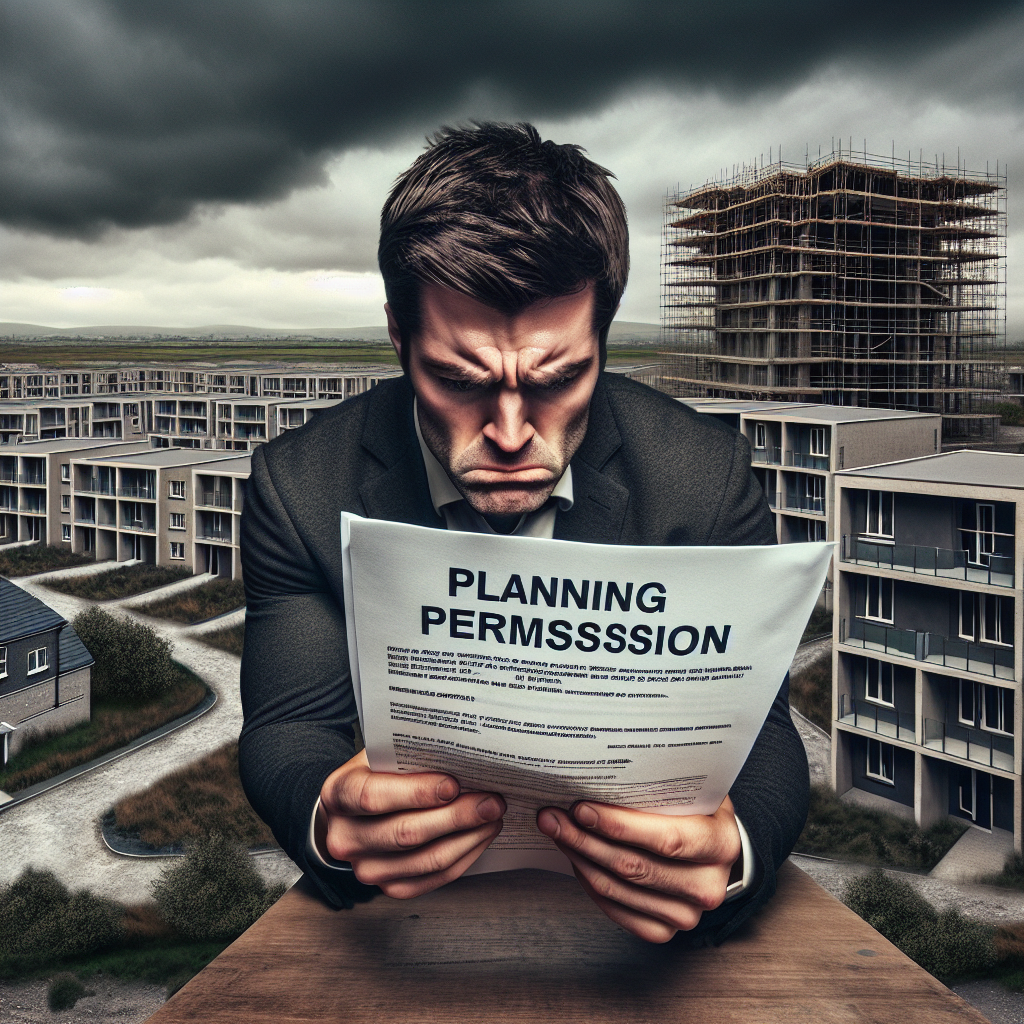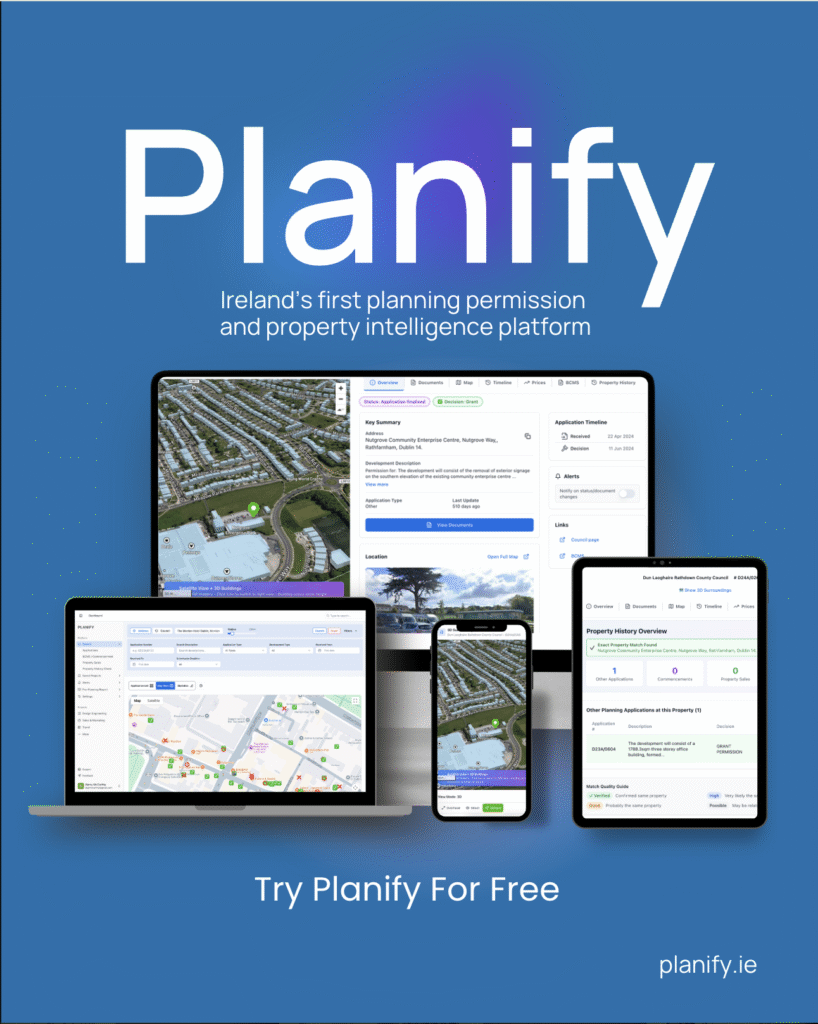The Cost of Building Homes in Ireland: An In-depth Analysis
Housing affordability remains a significant challenge in Ireland, with the median sales price of new homes soaring beyond the reach of average earners. Various estimates shed light on the costs involved in building homes, from construction expenses to land acquisition and financing. This article delves into the complexities of housing development in Ireland, examining key factors impacting the cost of new homes.
Housing in Ireland is a crucial issue that intersects with affordability, construction costs, and government subsidies. The supply of new homes has increased significantly since 2017, yet the cost of housing remains a pressing concern. The median sales price of a new home has surged to over €400,000 nationally and €500,000 in Dublin, posing a challenge for many potential buyers. The ability to pay for these high-priced properties limits market demand despite the pressing need for housing solutions.
To bridge the affordability gap, the government relies on substantial subsidies, with state supports reaching up to €150,000 per home. However, scaling up these subsidies to cover a significant portion of the housing program could incur substantial costs, potentially reaching billions of euros. This financial burden emphasizes the necessity of scrutinising the affordability gap and exploring cost estimates for building new homes.
The Society of Chartered Surveyors (SCSI) provides insights into the estimated costs of constructing homes, indicating that a new 3-bedroom house costs approximately €397,000 nationally and €461,000 in the Greater Dublin Area. In contrast, the Department of Housing, Local Government, and Heritage compile market data from competitive bids for local authorities, revealing lower average costs of €318,365 nationally and €392,975 in the GDA. These figures serve as essential benchmarks for assessing construction expenses.
Construction costs vary between speculative developers, building contractors, and local authorities, influenced by factors such as design, procurement methods, site conditions, and regional markets. While ‘hard’ construction costs differ, additional expenses like site works and development contribute to the overall cost. Market prices paid by local authorities have surged significantly in recent years, highlighting the impact of inflation on building costs.
Land acquisition plays a crucial role in the total cost of building homes, with estimates suggesting a site cost of €70,000 per home in the GDA. However, actual land prices can vary, especially for sites acquired at lower costs in the past. The Land Development Agency (LDA) aims to leverage public-owned sites to reduce housing costs, although challenges in scaling this initiative may limit its impact on affordability.
Developers’ margins, development levies, finance costs, and marketing expenses further add to the total cost of building homes. Speculative development, characterized by high-risk and high-reward dynamics, necessitates adequate margins to mitigate uncertainties in the market. Inflation, influenced by labor, material costs, and market conditions, poses additional challenges to housing development in Ireland.
The construction sector’s capacity remains below pre-recession levels, affecting the industry’s ability to meet housing demands. Concerns about competition, access to finance, land availability, and policy complexities underscore the barriers to new entrants in the housing market. Relying on a small speculative sector to deliver new homes raises questions about sustainability and affordability in the long run.
In conclusion, addressing the cost of building homes in Ireland requires a multifaceted approach that considers construction expenses, land acquisition, financing, and market dynamics. By examining key cost factors and industry challenges, stakeholders can work towards enhancing affordability and sustainability in the housing sector.







